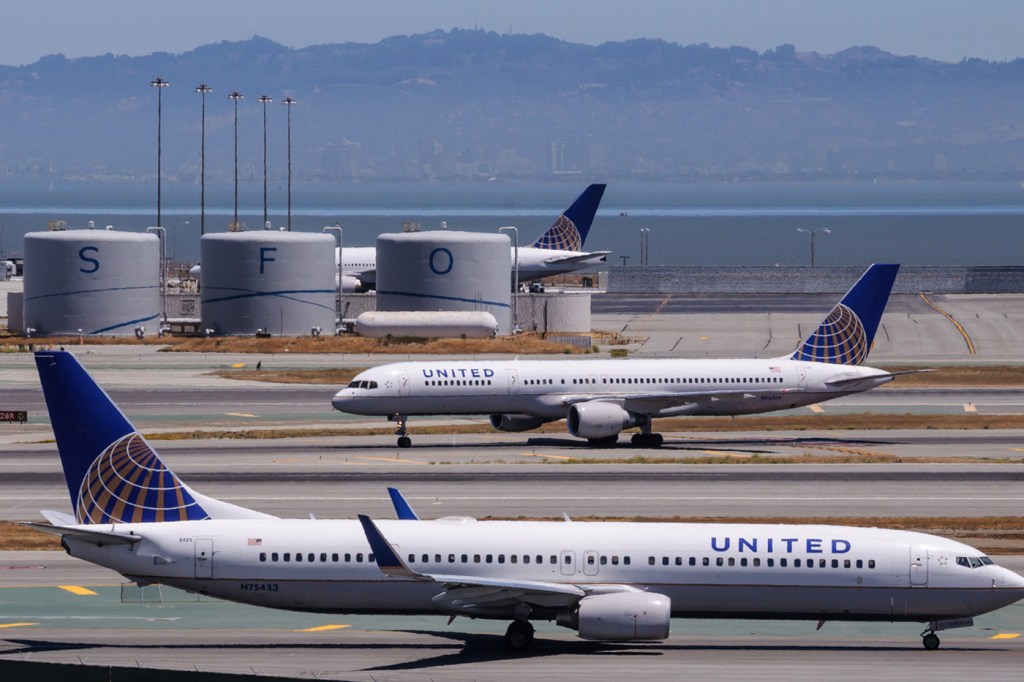United’s PR crisis has ‘created opportunities’ for its competitors

United Airlines is facing a public relations crisis after security officers dragged a 69-year-old doctor off a flight from Chicago on Sunday. The disturbing scene—captured on cellphone videos by fellow passengers—sparked outrage on social media and sent shares in the airline plummeting.
“No one should ever be treated this way,” United Airlines CEO Oscar Munoz said in a statement on Tuesday, after previously describing the passenger who was forcibly removed from the plane as “disruptive and belligerent.” “I promise you we will do better.”
We asked associate professor Paul Fombelle, a service marketing expert in the D’Amore-McKim School of Business, to explain where United went wrong and what the airline could do to repair its reputation.
United Airlines asked for volunteers to take a later flight due to the need to squeeze flight attendants on the plane, offering as much as $800 per person plus a hotel stay. When no one accepted, the airline selected four passengers for involuntary bumping, including the doctor in question. What should United have done differently to avoid having to call in airport police to forcibly remove him from the plane?
I see two answers to this question. The short answer is that United should have dealt with this well before passengers boarded the plane. In the bigger picture, however, I see this whole event as a symptom of how the airline views and treats its customers. United treats its customers as an equation that needs to be optimized. In other words, it has an equation for who gets bumped and who doesn’t. I don’t believe treating customers as a means to a profit is a sustainable business plan in our ultra social media environment. In order to fix this, firms need to be relationship focused, seeking to build lasting relationships with customers based on trust that will last.
Further, United, and many other airlines, use an equation to decide who is a valuable customer when bumping, giving priority to those who have status or paid more. While some current passengers may not yet be platinum fliers or flying in first class, they may develop into these customers in the future. Viewing every customer as being on a kind of journey allows for the viewpoint that every customer has value and, given the proper relationship development, could turn into lifelong loyalists.
What might United Airlines do to repair its relationship with its customers, some of whom might be reconsidering whether they want to fly with the airline in the future?
United is in a world of trouble. The airline started years ago with “United Breaks Guitars,” moved recently intro wardrobe requirement debates, and has now hit rock bottom with this nightmare. The latest video is heart-wrenching and spreading like wildfire. United needs to convince current and future customers that it views them as more than just a profit to be optimized. If a customer thinks United might put less value on their business than that of a more elite traveler, they will quickly seek out alternatives. This will take time. Relationships don’t form overnight and this relationship is starting from a world of mistrust.
What can other businesses learn from United’s mistakes?
By taking a holistic view of the customer journey, firms may be able to strengthen relationships with their most valuable customers and, in turn, increase customer retention, positive word-of-mouth, and profitability. Customers want to know that the company actually cares about their personal wants and needs and that they are not just viewed as a number in an equation. United has created opportunities for its competitors to step up and show customers how much they value them as humans. JetBlue claims that they never bump customers. It is a great time for them to double down on this value proposition. Customers will continue to look for companies that show they care.





